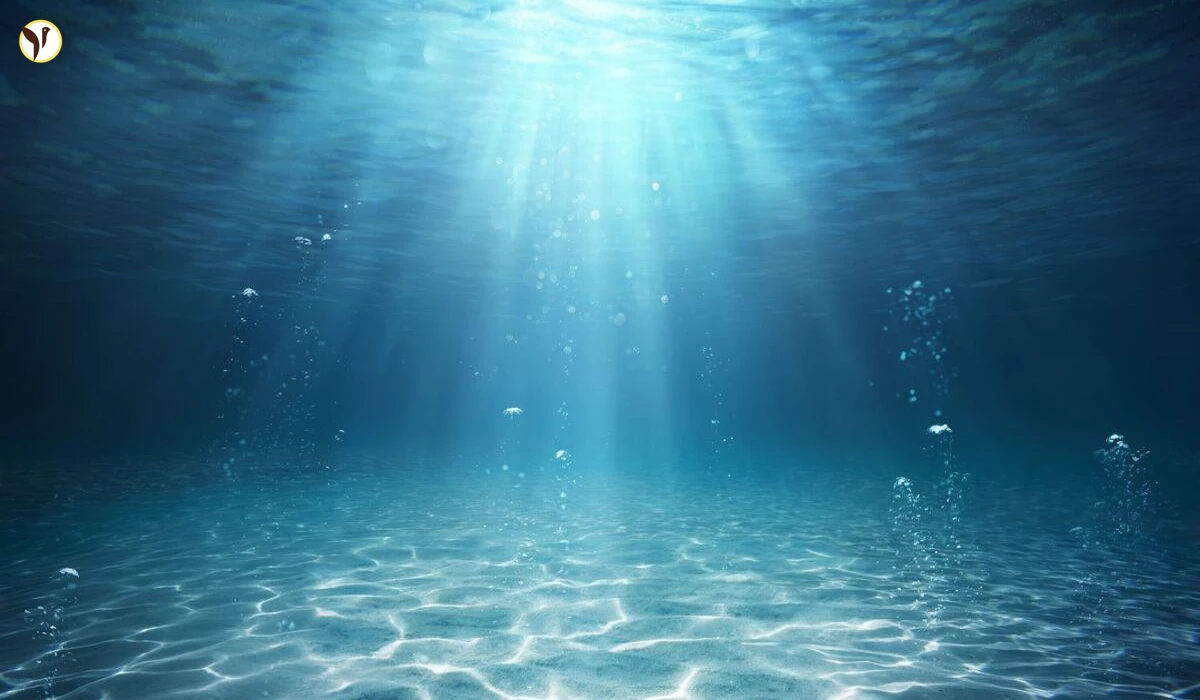Indonesia's Sunken City: A Lost World Found?
Imagine this: A team of scientists stumbles upon a hidden city beneath the waves, a city older than anything we've ever imagined. That's exactly what happened off the coast of Indonesia. This isn't just any discovery; it's a potential game-changer for our understanding of early humans and the lost world of Sundaland.
A Submerged Secret Revealed
The find began in 2011, rather unexpectedly. Maritime sand miners, dredging the Madura Strait between Java and Madura, unearthed something extraordinary: two fragments of a Homo erectus skull. Honestly, it's breathtaking to think about. It wasn't until recently that experts confirmed the age and species, making it an incredible milestone in paleoanthropology.
More Than Just Skulls
But the skulls weren't the only incredible thing found. Alongside them were over 6,000 animal fossils representing at least 36 different species! We're talking Komodo dragons, buffalo, deer, even elephants – a truly diverse prehistoric ecosystem. Some of these fossils showed something particularly interesting: deliberate cut marks. That’s pretty solid proof that our ancient ancestors were already skilled hunters in this now-submerged region.
- Homo erectus skull fragments
- Over 6,000 animal fossils
- Evidence of sophisticated hunting techniques
The Lost World of Sundaland
Experts believe this discovery provides the first concrete physical evidence of Sundaland, a vast prehistoric landmass that once connected much of Southeast Asia. Picture a tropical plain, teeming with life. Between 14,000 and 7,000 years ago, melting glaciers caused catastrophic sea-level rise, submerging this low-lying land, creating the situation we find today. The fossils were essentially buried alive by the rising sea.
Among the most striking finds were the remains of Stegodon, elephant-like creatures that could reach 13 feet at the shoulder and weigh over 10 tons! The presence of various deer species suggests a diverse landscape, possibly grassland or savanna, a far cry from the underwater world it now occupies.
What This Means
This underwater city offers a unique window into the past, helping scientists piece together the lives and behaviours of early humans. It's a remarkable insight into how they adapted to their environment and provides critical data for understanding human migration patterns in Southeast Asia. It's truly a monumental discovery, capable of rewriting what we know about human history in this part of the world.
This discovery underscores the vital importance of continued research and exploration. Who knows what other secrets lie hidden beneath the waves, waiting to be revealed?









